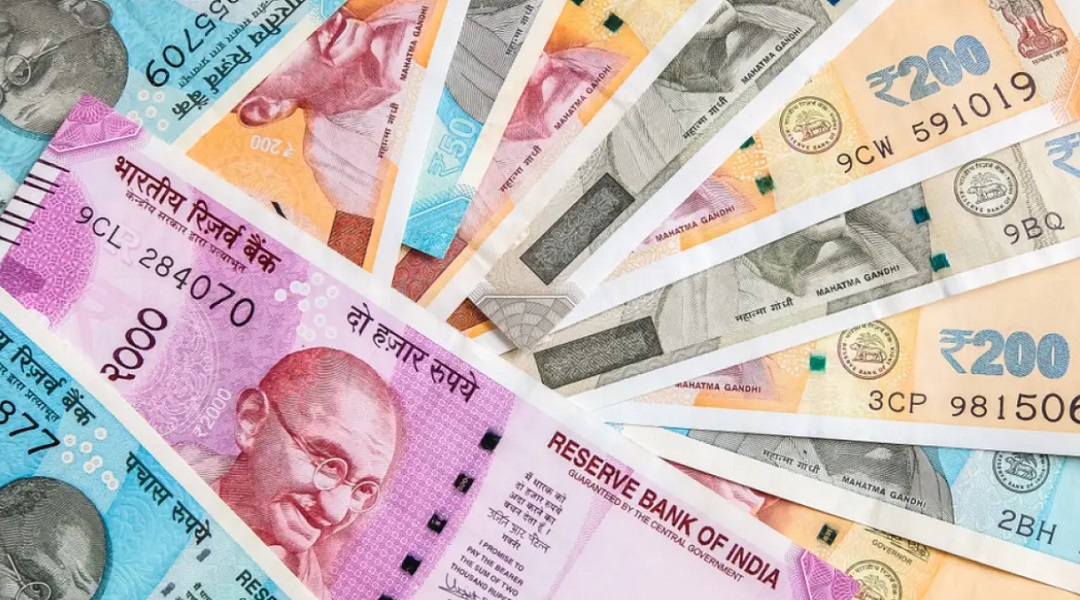INR: Full Form, Calculation, and Importance in Finance
INR is an acronym that stands for Indian Rupee. It is the official currency of the Republic of India, the seventh-largest country by land area and the second-most populous country in the world. The Indian Rupee is the legal tender in India, Bhutan, and Nepal. In this article, we will delve deeper into the full form of INR, its calculation, and its importance in finance.
Full Form of INR
INR stands for Indian Rupee. The INR is denoted by the symbol ₹. It is subdivided into 100 paise, with 1 INR being equivalent to 100 paise. However, the paise denominations are not commonly used anymore due to their low value.
The INR is regulated by the Reserve Bank of India (RBI), the central bank of India. The RBI has the sole authority to issue INR banknotes and coins in the country. The INR banknotes are available in the denominations of ₹1, ₹2, ₹5, ₹10, ₹20, ₹50, ₹100, ₹200, ₹500, and ₹2,000. The INR coins are available in the denominations of 50 paise, ₹1, ₹2, ₹5, and ₹10.
Calculation of INR
The exchange rate of INR is determined by the foreign exchange market, which is based on the supply and demand of the currency. The exchange rate of INR is calculated against other major currencies such as the US dollar (USD), the euro (EUR), and the British pound (GBP).
For instance, if the exchange rate of INR against the US dollar is 75, it means that one US dollar can be exchanged for 75 Indian rupees. Similarly, if the exchange rate of INR against the euro is 90, it means that one euro can be exchanged for 90 Indian rupees.
The calculation of INR exchange rates is influenced by various factors such as inflation, interest rates, political stability, and economic performance. For example, if the inflation rate in India is high, it will lead to a decrease in the value of INR, making it less attractive for foreign investors.
Importance of INR in Finance
The INR is an important currency in the global financial market. It is widely used for trade and investment purposes in South Asia and beyond. The importance of INR in finance can be attributed to the following factors:
- International Trade: The INR is used as a payment currency for international trade transactions. India is a major exporter of goods and services to various countries, and the INR plays a crucial role in facilitating these transactions.
- Foreign Investment: The INR is an attractive investment option for foreign investors. The Indian economy has been growing at a rapid pace in recent years, and foreign investors are keen to invest in the country. Moreover, the Indian government has introduced various policies to attract foreign investment, such as liberalizing foreign investment norms and setting up special economic zones.
- Tourism: India is a popular tourist destination, and the INR is used by tourists for various transactions such as hotel bookings, transportation, and shopping.
- Remittances: The INR is used for remittances, which refers to the transfer of money from one country to another. India is the world’s largest recipient of remittances, and the INR plays a vital role in facilitating these transactions.
Conclusion
The INR is an important currency in the global financial market. Its full form is Indian Rupee, and it is the official currency of India, Bhutan, and Nepal. The INR is regulated by the Reserve Bank of India, and it is widely used for trade, investment, tourism, and remittance purposes. The exchange rate of INR is determined by the foreign exchange market, and it is influenced by various factors such as inflation, interest rates, political stability, and economic performance.
In recent years, the Indian economy has been growing at a rapid pace, making it an attractive destination for foreign investors. The Indian government has also introduced various policies to encourage foreign investment, which has further boosted the country’s economic growth.
Despite its significance, the INR has faced some challenges in the past. In 2016, the Indian government demonetized high-value banknotes, which led to a shortage of cash and created some uncertainty in the financial market. The COVID-19 pandemic has also had an impact on the INR, with the currency experiencing some volatility in the wake of the pandemic.
In conclusion, the INR is an important currency in the global financial market, and it plays a vital role in facilitating trade, investment, tourism, and remittance transactions. As the Indian economy continues to grow, the significance of the INR is likely to increase, making it an important currency to watch in the coming years.
